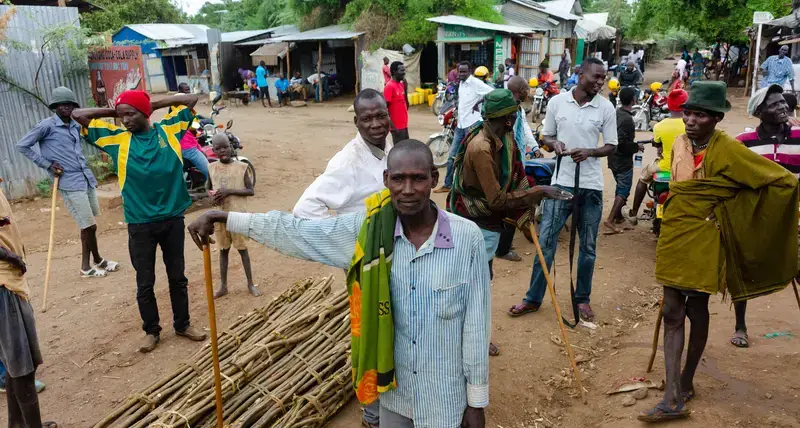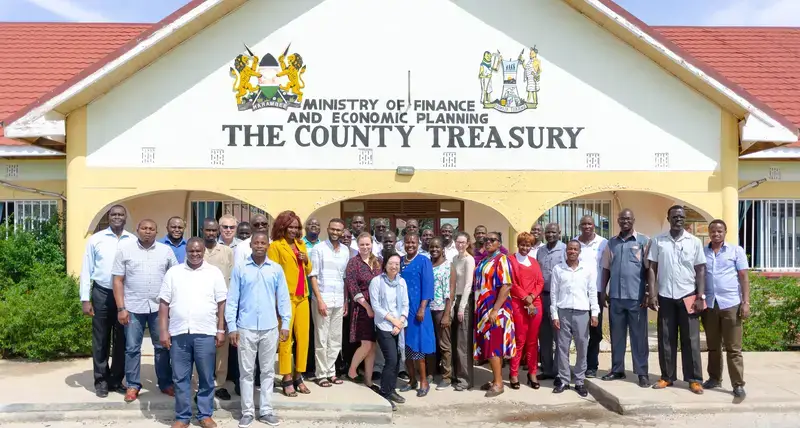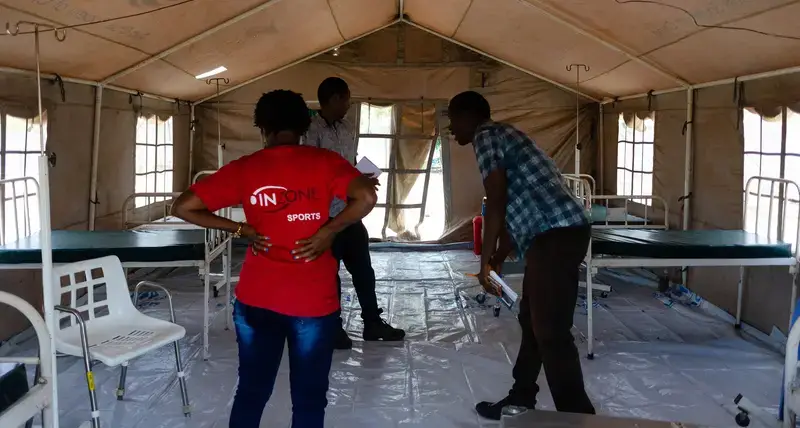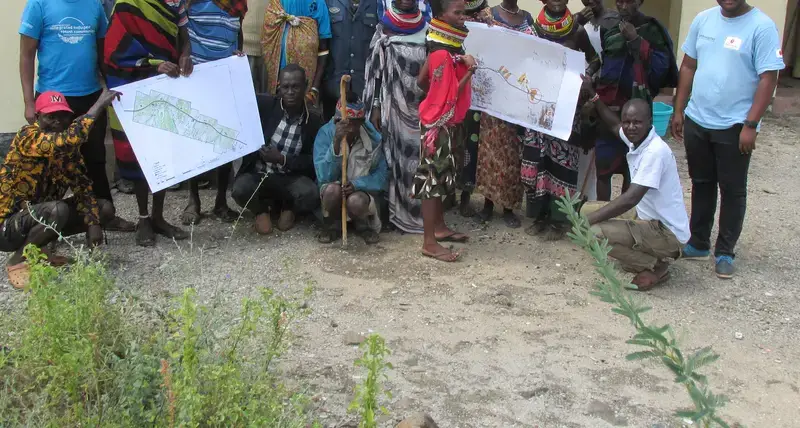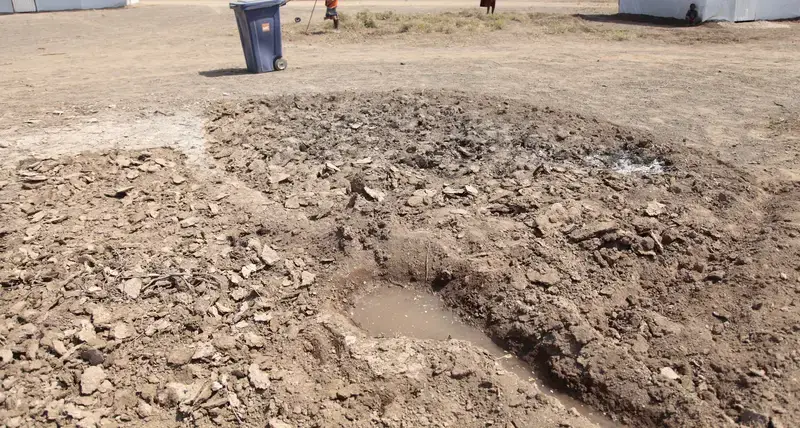Overview
Over the last decades, the global refugee crisis has been worsening, with new forms of conflict and re-emerging conflict resulting in the number of refugees and people in refugee-like conditions increasing more than six-fold, currently standing at 68.5 million forcibly displaced, of which 25.4 million are refugees (UNHCR, Figures at a Glance, 2018). Sub-Saharan Africa has over the last decade both generated and hosted the world’s largest refugee population, resulting in the statistics of more than 26% of the world’s population of refugees and asylum seekers surmounting to 18 million people of concern. Kenya is one such country that has for more than two decades been hosting refugees from several countries, mainly from the East and Horn of Africa. By mid-year 2018, Kenya was home to approximately 471,330 refugees and asylum seekers, which were hosted in the Dadaab refugee complex, Kakuma refugee camp and Kalobeyei settlement and as urban refugees in Nairobi.
Answering to the development agenda and aligned with Kenya Vision 2030, The Kalobeyei Integrated Socio-Economic Development Programme (KISEDP) was a joint initiative and multi-partner coordinated framework from 2016 that involved the Government of Kenya, County Government of Turkana, UNHCR, UN-Habitat, and other partners to develop a new model on integrated refugee-host community settlement. This programme aimed to leverage the opportunities and benefits associated with refugees settlement for local economic development. Today, Kalobeyei settlement is a global model of integrated settlement.
2016 - 2018: UN-Habitat, through funding from the Government of Japan has been supporting the development of Kalobeyei as an integrated settlement which not only promotes sustainable co-existence but also bridges the humanitarian development and peace nexus. UN-Habitat supported the formulation of an Advisory Development Plan, which now acts as the benchmark and planning reference for all partners working in Kalobeyei settlement, and that guides pilot shelter initiatives; development of community and social facilities; provision of basic services; and capacity developments among local communities to ensure sustainable economic growth. In addition, UN-Habitat supported the planning function at the national and County Government level, including implementing frameworks for community and stakeholder engagement. In 2018, UN-Habitat, with the support of various partners and agencies, has achieved the set objectives of capacity development and policy support of Turkana County Government; neighbourhood level initiatives and strategies to support durable development; and skills development, job creation, and establishment of community management structures.
Through the implementation of these activities, the project has had and will continue to present major impacts on the target populations, with direct and indirect benefits spanning across cultural, social and economic and developmental aspects. These will be felt by both the refugee and host communities in the short and long terms. From 2019, the project impacts will be sustained through such deliberate provisions such as the adoption of participatory processes in project design for enhanced local ownership; capacity and livelihoods development and innovation and technology transfer to build community resilience; continued involvement of UN-Habitat in KISEDP as the lead agency in the Spatial Planning and Infrastructure sector.
